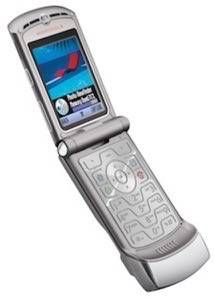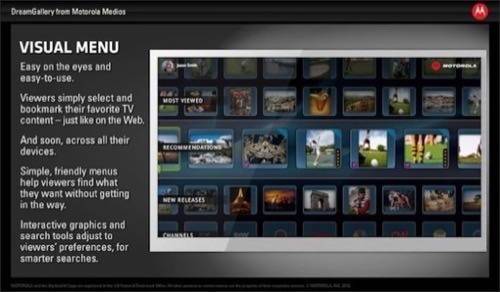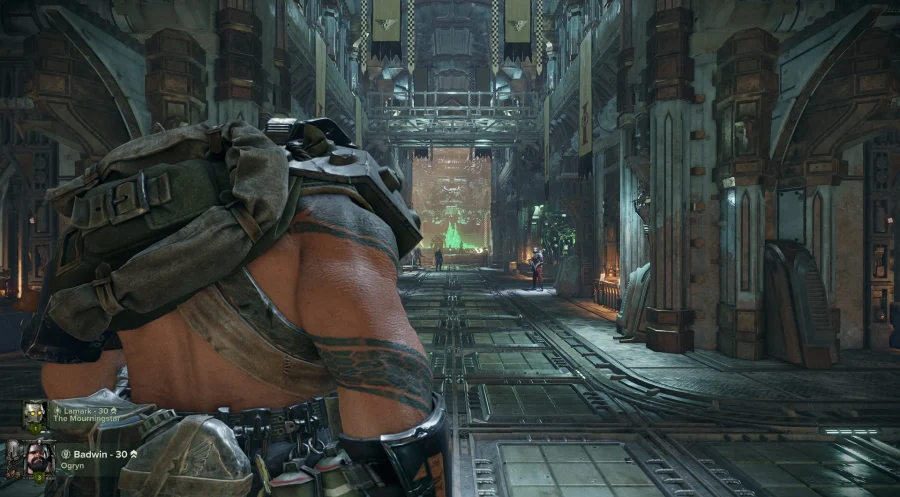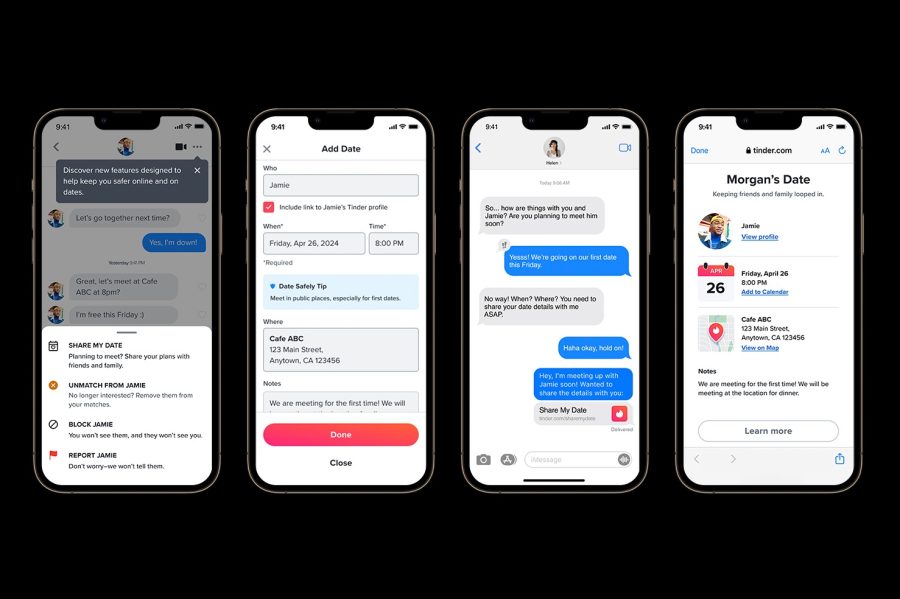
When Motorola Mobility was plummeting to its doom in 2011, Google rode to the rescue. Now, with massive layoffs and a proposed sale of critical assets, the knight in shining armor seems hellbent on tearing its acquisition to pieces as part of its restructuring process. Is Motorola nothing more a legal hedge for the search giant, or is there a way to recapture the Moto mojo and make the company a mobile leader again?

The Basics
Motorola used to be cool. Its DynaTAC team, led by Dr. Martin Cooper, pretty much invented the cell phone in 1973. In 1996, Motorola released the Star-TAC, completely revolutionizing the industry with a durable, portable flip-phone design that clipped nicely to IT geeks’ utility belts. In 2004, Motorola released the Razr, essentially a super-thin reboot of the Star-TAC that won the hearts and minds of everyone who hadn’t moved to a BlackBerry.
That’s when things went south. Motorola missed the boat on smartphones, not releasing the Android-based Droid until October 2009. It’s focus on low-end feature phones eroded its market standing, and Motorola fell behind Apple, Nokia, Samsung, RIM and HTC. It’s now somewhere between the 5th and 7th largest cell phone manufacturer worldwide, depending on which numbers you believe. Combined with pokey tablet sales, declining smartphone revenues drove Motorola into the red for 14 of 16 quarters, and Google acquired the business for a generous $12.5 billion, primarily to get access to Motorola’s most valuable asset: its patent portfolio.

The Problem
Motorola’s $12.5 billion price tag makes it Google’s biggest acquisition to date, so its safe to assume that Larry Page and company have put some serious thought behind their product strategy. Unfortunately, there’s not much real-world evidence of what they have in mind. Does Google really want in on the mobile hardware business or not? It’s tough to tell.
If Google just wanted Motorola’s patents, it’s doing a good job of faking interest in handsets. On Google’s official blog, Larry Page called Motorola “a great American tech company that has driven the mobile revolution, with a track record of over 80 years of innovation.” He finished by saying he was “confident Dennis [Woodside] and the team at Motorola will be creating the next generation of mobile devices that will improve lives for years to come.” The Form 8-K filing in which Google announced layoffs of 4,000 Motorola employees (20% of its workforce) outlined a product strategy “designed to return Motorola’s mobile devices unit to profitability.” Clearly, Google is at least saying the right things.

Google wants Motorola to compete on a level playing field with its much more profitable competitors. Unfortunately, that seems to mean stripping Motorola of its Home division, which makes cable modems, set-top boxes, video management interfaces and related software and hardware. Rumors suggest those assets could be up for sale as early as this fall.
These assets are precisely the pieces Google needs to make Google TV a valid challenger in the all-important set-top market where Microsoft, Sony, Nintendo, Samsung and even Apple (particularly if it ever releases a TV set) all have more compelling hardware plays for the living room. Even the Android-based Ouya might make more sense.
Selling Motorola’s Home division assets – even if Google tries to retain the intellectual properity it thinks will be important – leaves the effort shorthanded. Google’s sale might cushion a weak balance sheet for a few quarters, but if Motorola needs to compete on the strengths of its smartphones and tablets alone, a continued decline is likely.
The Players
Dennis Woodside, CEO: Dennis Woodside is not a tech guy. He’s a Google insider, a lawyer and an advertising deal maker. None of this is necessarily bad. Motorola was gushing money and market share before the acquisition, so the company needs a shakeup, and Woodside’s experience with content and advertising could help flesh out a platform play. He just needs to handle his side of the business and trust his technology staff to fulfill his strategy.

Regina Dugan, SVP, Advanced Technology & Projects: If anyone can innovate Motorola out of a hole, it’s Regina Dugan. The anti-Woodside she’s a tech heavyweight who headed up the Defense Advanced Research Projects Agency (DARPA). While government experience doesn’t typically carry into the private sector, DARPA is unique. It’s mission is “to prevent strategic surprise from negatively impacting U.S. national security and create strategic surprise for U.S. adversaries by maintaining the technological superiority of the U.S. military.” Essentially, Rugan outthought the rest of the world on behalf of the US military from 1996 to 2012, and she even won a medal for it. While she lacks mobile-specific expertise, Rugan has a PhD from CalTech and enough managerial experience to build a staff capable of doing impressive work.

The Prognosis
Assuming the Home division sale goes through, we can expect Motorola to lose money for a few more quarters while it refocuses on smartphones, invests in R&D and works with carriers on supporting new products. In the short term, its Droids and Photons will likely get crushed by the iPhone 5 and Galaxy S IIIs, and its tablets will continue to lose ground. In the long term, if it creates a few new products, Motorola might become a reasonable acquisition target, assuming any patent disputes could be settled.
Can This Company Be Saved?
With few current successes and a lot of dead weight being cut, Motorola is essentially a well-funded startup with some seasoned professionals on staff. It has a shot at success because Google won’t let it go under – at least for a while. But it’s still a long shot. If Google really does maintain a hands-off policy in deference to its other hardware partners, Motorola probably won’t be able to rejoin the top 3 in the mobile market. If (and it’s a big if) Dugan’s team can somehow create a truly groundbreaking product (or two), Motorola might possibly return to profitability and challenge for the number 4 or 5 spot.
The strategy that could save Motorola, of course, would be for Google to give Motorola first or exclusive access to the Android operating system. But while that would instantly make Motorola relevant again, it would also wreck Android’s appeal for other mobile phone makers – turning Google’s market smartphone operating system into just another one-company pony. That’s a big reason many observers questioned Google’s purchase of Motorola in the first place.
The Deathwatch So Far
Research In Motion: Amid Massive losses – more than 11 times worse than expected – the company has reportedly started pitching its long-delayed Blackberry 10 devices to carriers. And rumors are swirling that the company may do a licensing deal – or even a sale – with Samsung.
HP: The company is reportedly creating a new division to take another plunge into the consumer tablet market. Good luck with that.
Nokia: The mobile phone giant’s quarterly revenue and earnings exceeded expectations and it has reduced its cash burn rate, but the company lost money yet again and saw its debt ratings cut to junk status. And it still hasn’t cracked the U.S. smartphone market as it halves the retail price of its flagship Lumia 900 to $49.99.
38 Studios: No change
Barnes & Noble: No change
Sony: No change
Groupon: Groupon’s stock price continues to hit all-time lows as growth slows.
T-Mobile USA: The company’s troubles continue to mount, reporting second quarter losses of 557,000 high-value contract customers, and a net loss of 205,000 customers.
Netflix: No change
Electronic Arts: No change
Best Buy: After rejecting Richard Schulze’s takeover bid over the weekend, Best Buyhired Hubert Joly as its CEO. Joly is a turnaround mercenary who’s done good work in the past with companies like EDS, but whose primary experience is in the hospitality industry. Best Buy’s stock was down 7% in an initial response, and with a turnaround plan slated for the end of the year, it could slide more.









